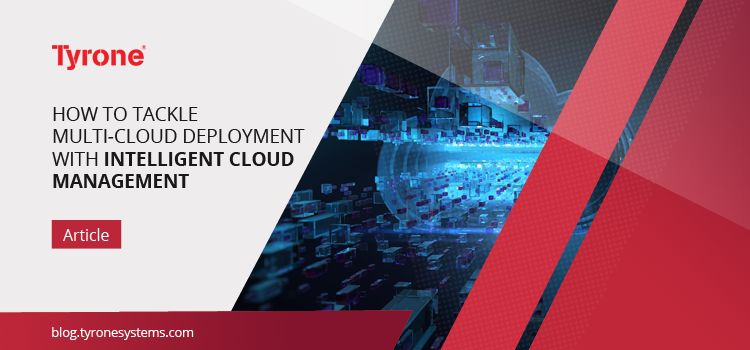One of the greatest problems for companies is multi-cloud management. It can be complex and also involves the use of third-party instruments. This blog contains some common tools for multi-cloud management and the main features that you should look at when choosing the tool. The multi-domain approach removes key cloud computing problems such as vendor lock-in, latency, and higher costs. Besides, companies can exploit the unique artificial intelligence, serverless computing, or virtual reality capabilities of vendors.
Multi-domain management is a method of building unified workflows across cloud systems to handle infrastructure provisioning (set-up/tear-down), security, networking, and service discovery. The visibility needed to avoid problems that lead to a complex multi-cloud architecture is given by well-defined multi-cloud management. A well-defined plan for cloud management helps companies accomplish the following key objectives.
Challenges occur as users of an enterprise take the initiative to implement technology and technologies from various cloud vendors. Every new cloud service comes with tools of its own that can increase complexity. Multi-cloud environments require new management solutions, regardless of whether they are within the data center or in the cloud, to maximize performance, monitor costs, and secure complicated mixes of apps and environments.
One of the primary features to be considered when selecting a framework for multi-cloud management is Provisioning the service. The platform should have the ability to launch and deliver cloud services on demand. This tool will convert a provisioning request from the console or API and translate the request within the multi-cloud architecture into the cloud-native target cloud API.
Given below are some of the features to be considered while choosing a Multi-Cloud Management System:
- The application should be able to launch cloud services on demand and deliver them. This tool transforms a console or API provisioning request and translates the request into the cloud-native target cloud API within the multi-cloud architecture.
- Each business unit in an enterprise may use services from many different providers in a multi-cloud environment. Business units also pay in various ways for these facilities.
Multi-cloud is a solution for different tasks where several clouds from various providers are used. Enterprises need a comprehensive multi-cloud management framework to simplify the task and optimize costs. The increasing need for various applications is driving the adoption among end-users of multi-cloud management platforms. Businesses will greatly minimize their reliance on a single provider by offering a multi-cloud management platform.
Netweb Cloud Solutions have expertise in Multi-cloud management. Whether the solution requires a mixed workload environment or one that is fully contained in the cloud, our solution reduces costs by optimizing the right technology to meet your needs. Learn more: https://netwebcsp.com/












